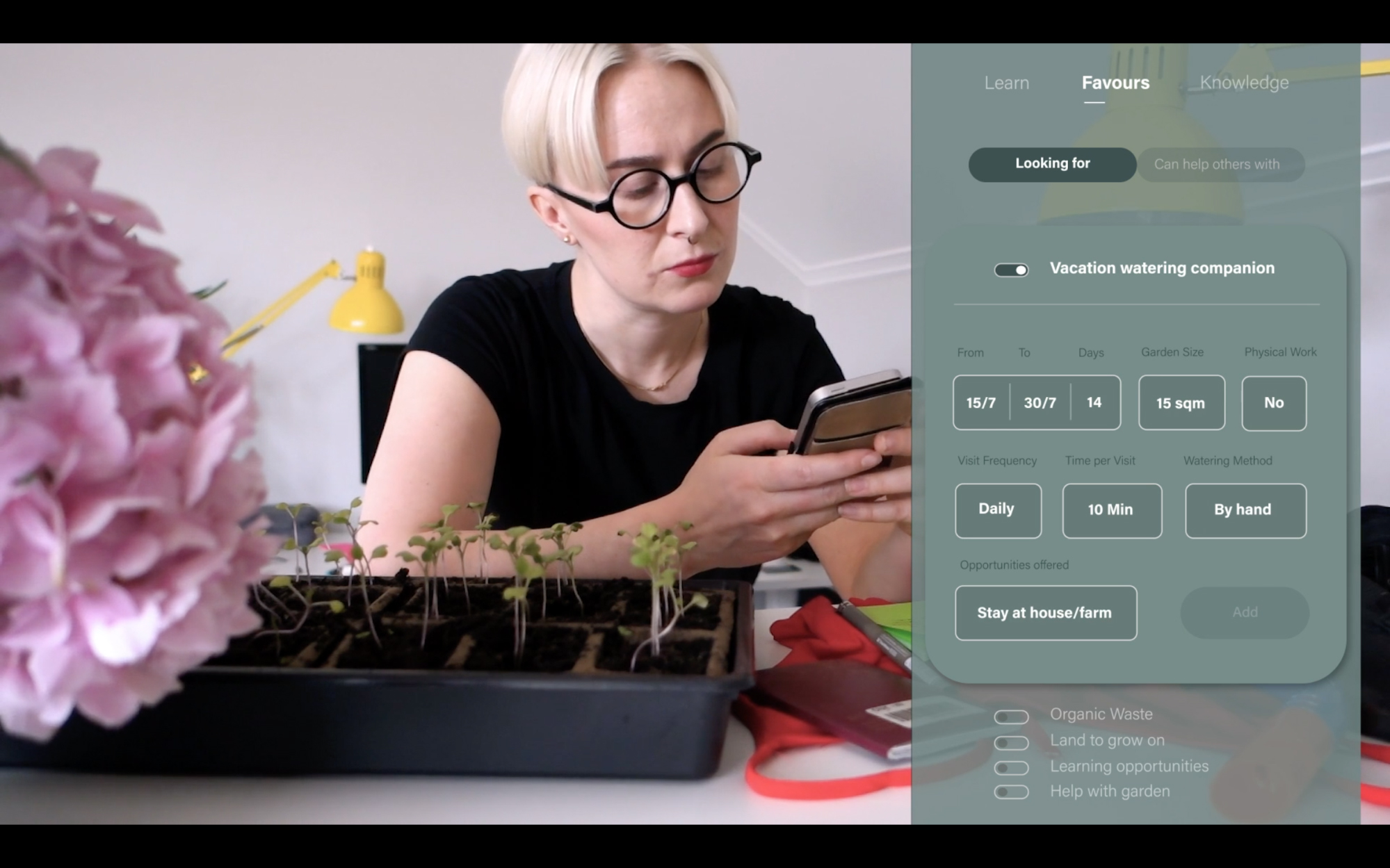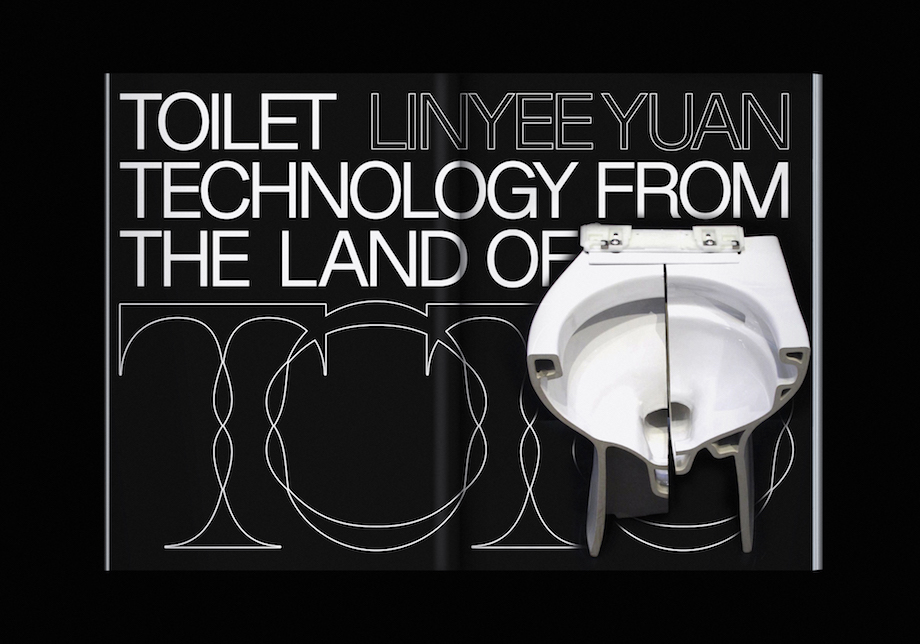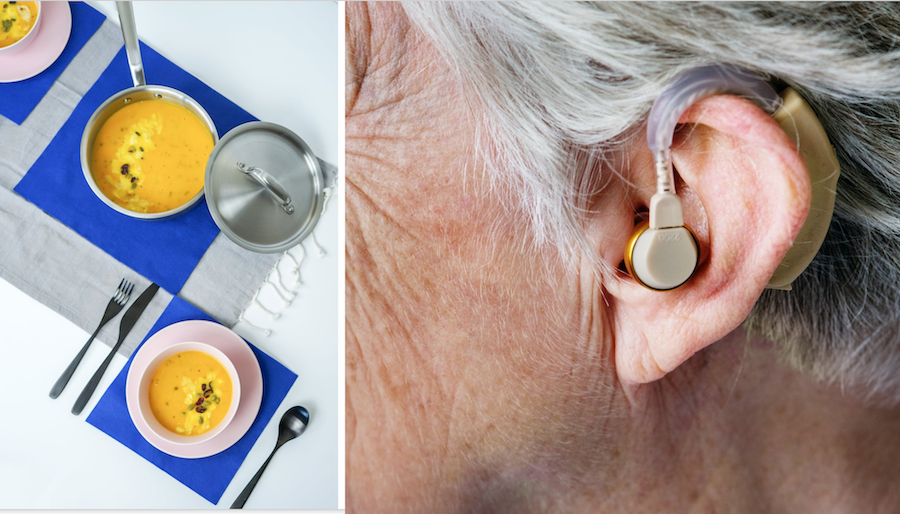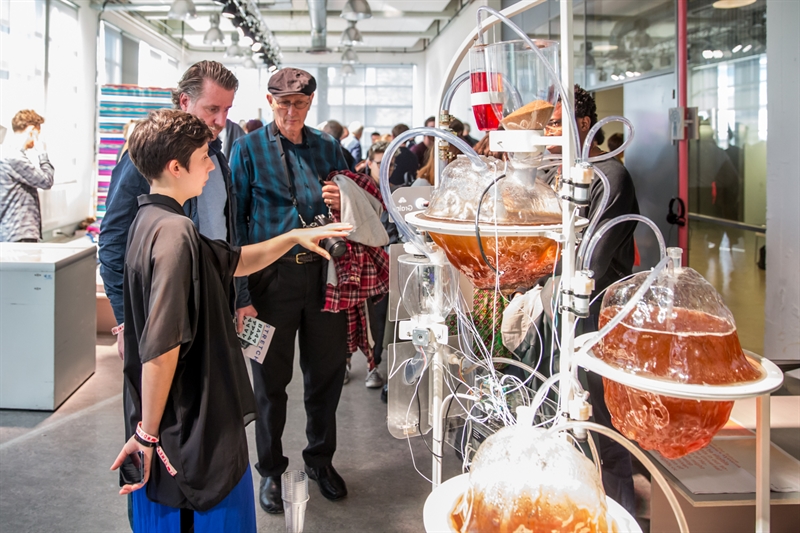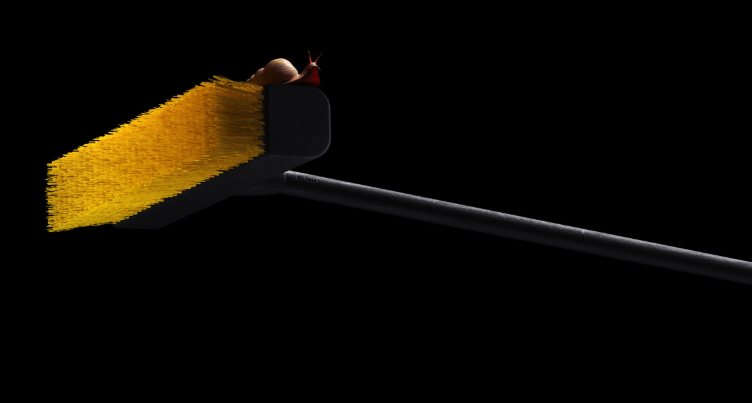This story is part of MOLD Magazine: Issue 01, Designing for the Human Microbiome. There’s still time to order your limited edition copy here.
When you want to gauge public opinion, you take a poll. When you require a demographic snapshot, you conduct a census. When you need to investigate public health, you look at poop.
Such is the surprising, and surprisingly effective, strategy of MIT professors Carlo Ratti and Eric Alm, who are researching human health through our nation’s urban sewer systems. “Why the focus on shit?” you may ask. Until recently, most large-scale studies on human biology have researched public records, tissue, cells, genes or similarly polite data sets, but the scientific community now believes these studies overlook a key component of our physiology—microbes. Microbes, the (mostly) single-celled species such as bacteria, fungi and viruses that enter and live within the human body, play key roles in regulating our internal processes, including reproductive and gastrointestinal health. Microbial makeup in the digestive system, in particular, is speculated to influence a breadth of conditions including obesity, diabetes, autism and asthma.
While microbes can be collected and analyzed from swabs of the mouth or genitalia, their most comprehensive snapshots are found in excrement. Ratti and Alm identify cities’ sewage systems as “natural aggregators” of microbes; when studied collectively, citywide fecal analyses weave an admittedly shit-stained tapestry of “what is in our collective gut” the two say, offering a clearer picture of social nutrition and, more generally, public health.
In order to assemble their biobank of data, Ratti and Alm recruited a team of scientists, engineers and designers to build Underworlds, a digital platform that analyzes the molecular makeup of sewage shortly after it enters the collection system. Collection time is of the essence, as gut bacteria survives an average of ten minutes after excretion. Until Underworlds, sewage had been studied at treatment facilities, where, due to processing and travel times, samples only contained 15-30% of their original microbes. By collecting samples closer to home toilets, Underworlds harvests a much more active and descriptive sample.
Ratti and Alm’s first data collection tools were akin to large pooper scoopers: “Initially, our sampling method was very low-tech; we lowered a 20-foot pole with a bottle taped to the end of it into a manhole and scooped out our sample,” says Ratti who leads MIT’s Senseable City Lab. The pooper scoopers were replaced by peristaltic pumps, and later, a robot designed to collect sewage. The first poop robot was named Mario, after the Super Mario Brothers character and “world’s most famous plumber,” explains the team; a second generation bot, named Luigi, beams information such as pH levels, temperature and oxygen concentration while collecting samples for the team.
By cross-referencing urban data with Luigi’s metrics, Underworlds offers detailed insights about a city’s health, including routines (mealtimes identified by increases in bile acid), drug dependencies and pathogens. Underworlds visualizes this data on its website for public and academic research—in one Boston sample, Underworlds identified 58,309 microbes, including pathogens that have been linked to cancer development. The team hopes that these biomaps will help public officials monitor contagious diseases, predict outbreaks, and address common deficiencies or unhealthy habits.
Underworlds is expanding its collection program across Boston, Cambridge and Kuwait City, embarking upon a microbial comparison of geographies, climates and cultures. Ratti predicts that once installation and collection protocols are streamlined, participating cities will deploy 10-20 Luigi robots to continuously monitor different neighborhoods, creating an Internet of Things (IoT) network for each urban sewage system.
IoT excrement analyzers, like any data-collecting technology, raise privacy concerns for a city’s anonymous and likely unknowing participants; the ethical argument for sewage analysis also hinges on whether microorganisms are considered part of, or separate from, their hosts’ bodies. For many, the ethical concerns of human sewage mapping may be too impolite for discussion. But as microbial data grows to play a larger role in our understanding of health, talking shit may soon become a personal and public priority.
For more insight from the Underworlds project, see underworlds.mit.edu




